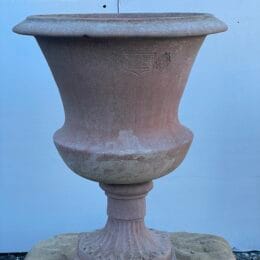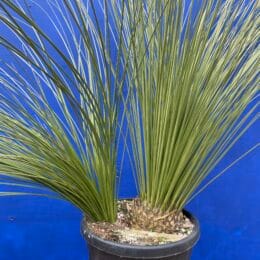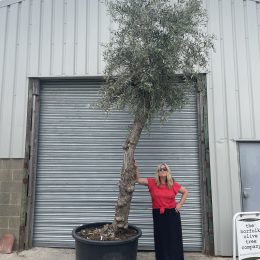If you own an olive tree, whether in a pot on your patio or planted in your garden, keeping it healthy and disease-free is essential. One of the most common fungal diseases affecting olive trees is Peacock Spot (Spilocaea oleagina), which thrives in damp, rainy conditions. This blog will explain what Peacock Spot is, how to treat it effectively, and, most importantly, how to prevent it from occurring in the first place.
What is Peacock Spot?
Peacock Spot is a fungal infection that appears as dark, circular spots on the leaves of olive trees, often with a yellow halo around them. The disease gets its name because the markings resemble a peacock’s feathers. If left untreated, it can weaken the tree, causing leaf drop, reducing growth, and ultimately affecting fruit production.
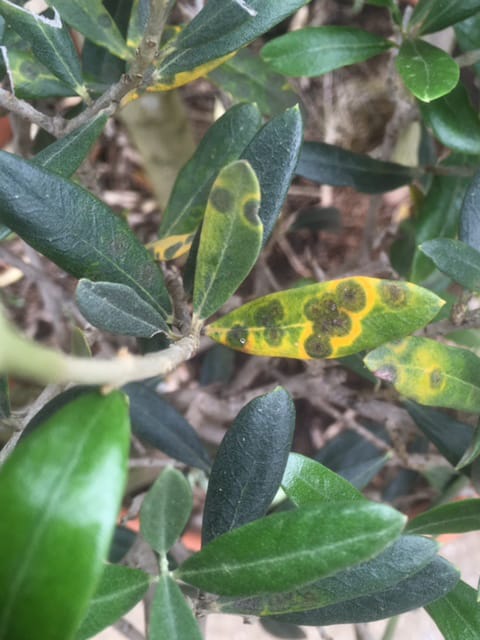
When and Why Does Peacock Spot Occur?
Peacock Spot develops in cool, wet weather, making it particularly prevalent in the UK during autumn and winter. Rain and high humidity create the perfect conditions for the fungus to spread, and once established, it can persist from season to season if not managed properly.

How to Prevent Peacock Spot
Prevention is always better than cure when it comes to plant diseases, and with Peacock Spot, the key is timely treatment and good tree management.
1. Apply a Copper-Based Spray Twice a Year
The most effective way to prevent Peacock Spot is by spraying your olive tree with Vitax Copper Mixture, a well-known fungicide that helps protect against fungal infections. This should be done twice a year:
• Once in March – when the tree is coming out of dormancy and preparing for new growth.
• Once in September – before the rainy season begins, to protect the tree as it enters dormancy.
Copper is a natural fungicide that prevents the spread of the disease, stopping spores from germinating on the leaves. By applying it at these key times, you create a protective barrier, reducing the risk of infection.

2. Improve Air Circulation & Drainage
• If your olive tree is potted, make sure it has well-draining soil and is not sitting in water after heavy rainfall.
• If your tree is in the ground, ensure it is planted in a sunny, sheltered location where excess moisture can evaporate quickly.
• Prune the canopy lightly to allow better airflow, which helps prevent fungal spores from settling and spreading.
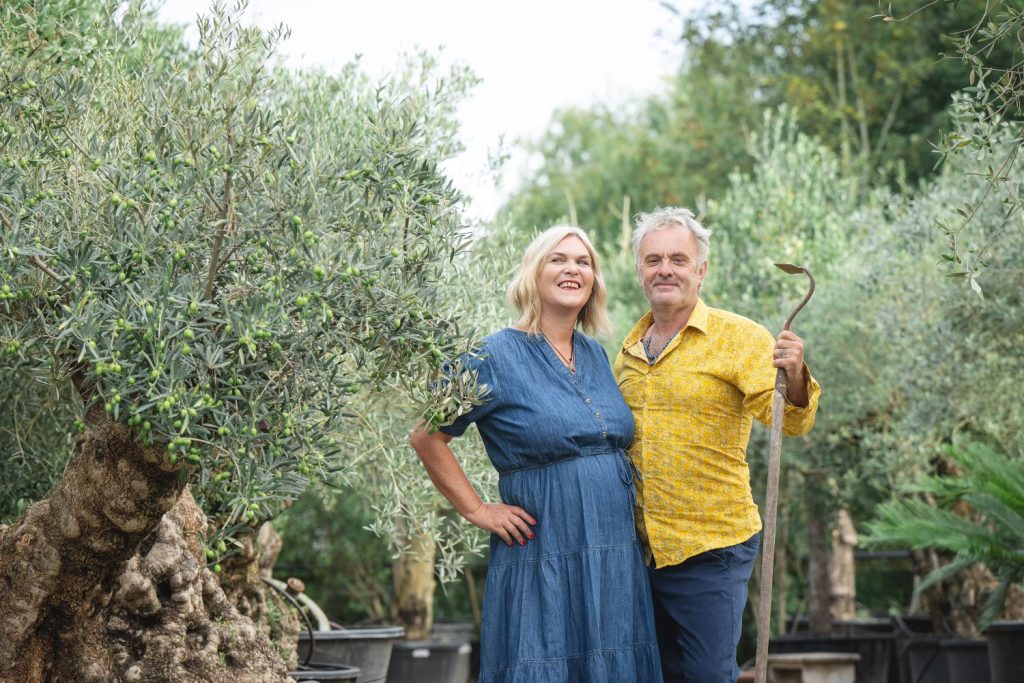
3. Keep Leaves Dry When Possible
While you can’t control the rain, avoiding overhead watering will help reduce moisture on the leaves. If you water your olive tree, aim for the base rather than spraying the foliage.
How to Treat an Infected Tree
If your tree already has Peacock Spot, don’t worry—it can be managed. Follow these steps:
1. Spray with Vitax Copper Mixture immediately to halt the spread.
2. Remove affected leaves where possible and dispose of them away from your garden.
3. Monitor the tree and apply another copper spray at the next scheduled treatment time (March or September).
4. Strengthen the tree with a good-quality olive feed to encourage healthy new growth.
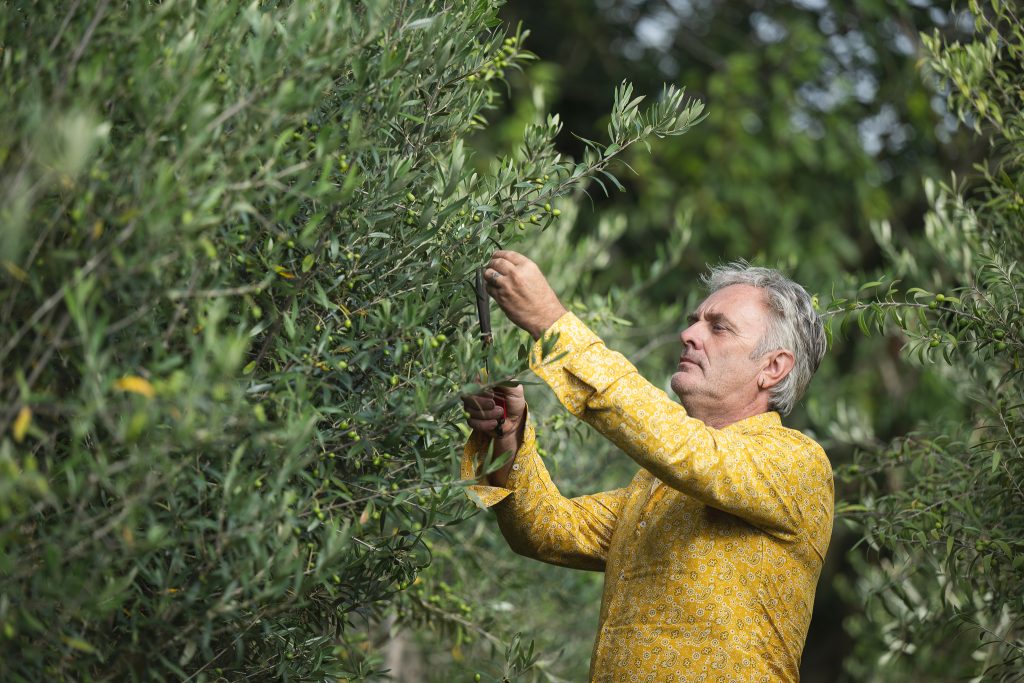
Final Thoughts
Peacock Spot is a common but manageable disease in olive trees, particularly in the UK’s damp climate. By spraying Vitax Copper Mixture twice a year, ensuring good airflow, and keeping the foliage as dry as possible, you can protect your olive tree and keep it healthy, lush, and productive for years to come.


